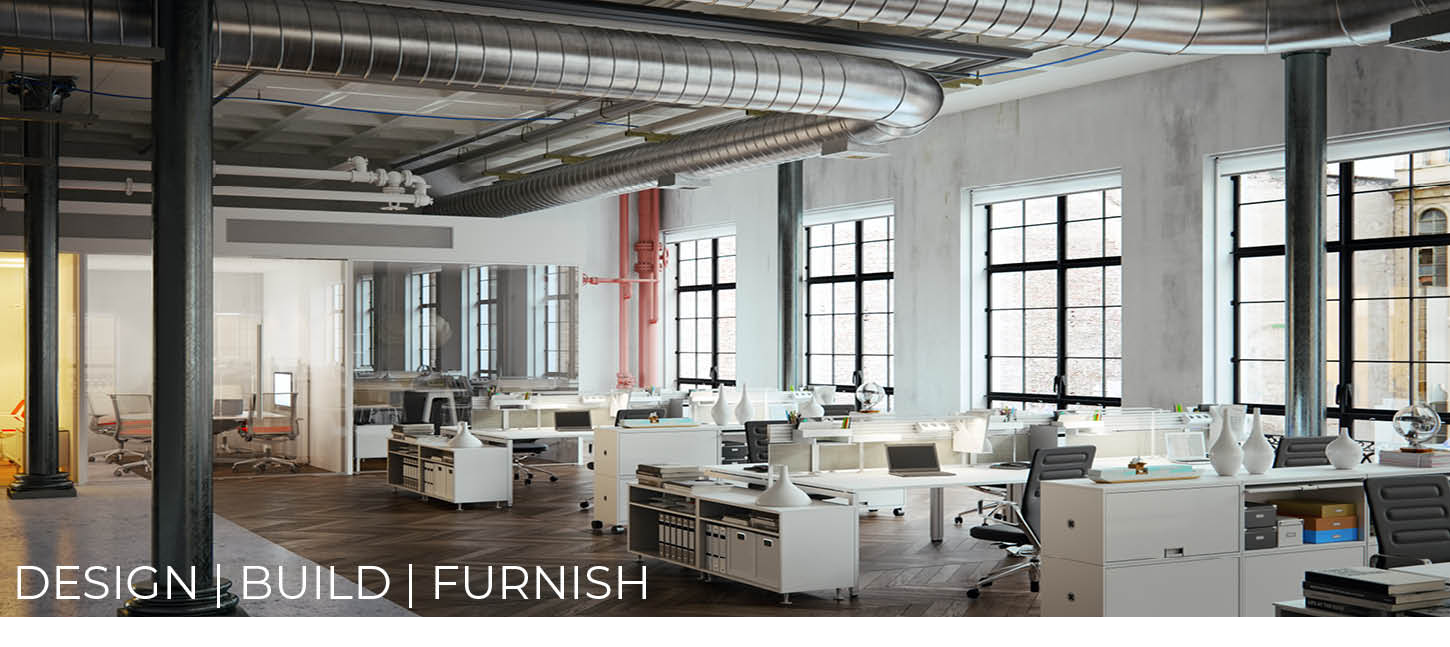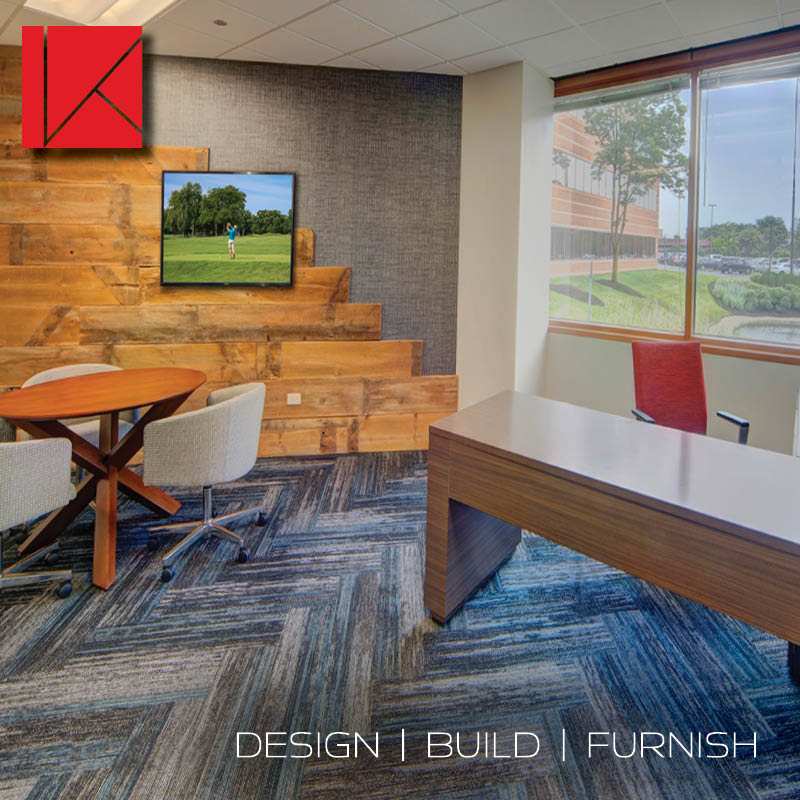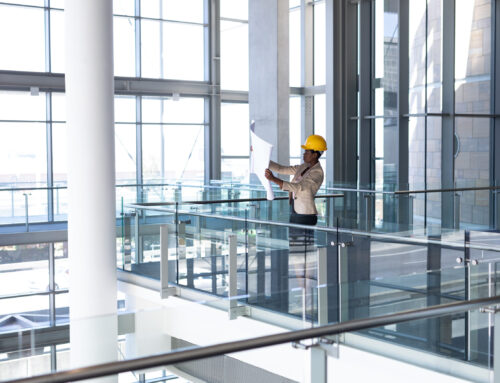The Importance of Flex Spaces Within a Building or Workplace

In the past, the question “where do you work?” was a straightforward one. There was no separation between where someone physically worked and which company they worked for. In other words, there was only one place where “work” occurred: the office.
Now, though, professionals can and do work in various locations. A modern employee may split their time between a home office and several different office setups. With COVID-19 restrictions loosening across the country, more and more companies are utilizing flexible office spaces –– flex spaces –– to accommodate mobile workers, while also bolstering their organizational agility.
What Are Flex Spaces?
Flex space is a term commonly used to describe industrial space. You start with warehouse space, that is not air-conditioned and add office or showroom space that is air-conditioned. You can “flex” into larger of smaller air-conditioned spaces as you need. As opposed to traditional office spaces, which are leased by a single company, flex spaces are buildings that multiple companies may share and collectively lease. What’s more, flex spaces may have other work areas (like warehouses) that traditional office spaces don’t. Plus, companies that utilize flex spaces can typically access a wider range of amenities than a “normal” office setup can offer. Flex spaces may possess areas like game rooms, libraries, or even presentation theaters. In essence, flex spaces can function as auxiliary work areas for companies with a limited traditional office space or a large number of semi-remote employees.
Flex Spaces for Large Companies
Flex spaces provide viable secondary office areas for many small businesses and growing companies. However, larger corporations can also create their own multi-use flex spaces within their current building. For example, a business may employ a large meeting room as a cafeteria or a quiet area for wellness activities and focused work from time to time.
Regardless of the size of a company, all businesses should seek to optimize their office space. Being able to utilize areas for multiple purposes is cost-effective and essential to quality office design.
Benefits of a Flex Space
Small businesses, startups, and established corporations can all benefit from incorporating flex spaces into their broader workplace strategy. Some of the most meaningful benefits associated with flex spaces include:
- Little-to-no Initial Costs. Flex spaces are often much cheaper to rent than “regular” offices.
- Scalability. By making use of flex spaces, companies can expand at a sustainable rate and accommodate new employees as needed.
- Improved Networking & Sociability. The very nature of flex spaces ensures that business leaders will have to share work areas with other successful professionals in their region. This should naturally lead to networking opportunities.
- Sense of Community. Flex spaces allow employees to interact with other people in their neighborhood and to get to know a location better.
- Tenant Contract Flexibility. Whether you need to quickly access more space and amenities or scale down, flex-space contracts enable tenants to make adjustments when necessary.
Both property owners and tenants can take advantage of the rise of flex spaces. Flex spaces and multi-use areas can help business leaders plan for the future with greater confidence, while retaining key financial flexibility.
Contact Us
At Key Interiors, we’ve helped design flex spaces for ambitious businesses to ensure optimal efficiency, while also creating a safe comfortable environment for its users. We have years of experience working with clients to make the best of a huge variety of office spaces –– both large and small. Contact us here to learn more or to get started on a project today.




